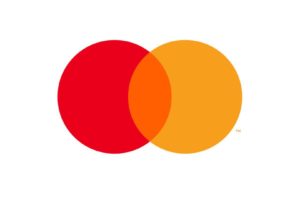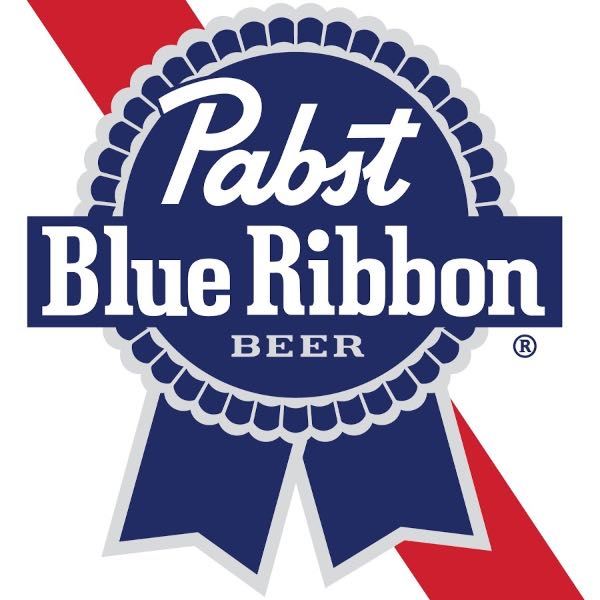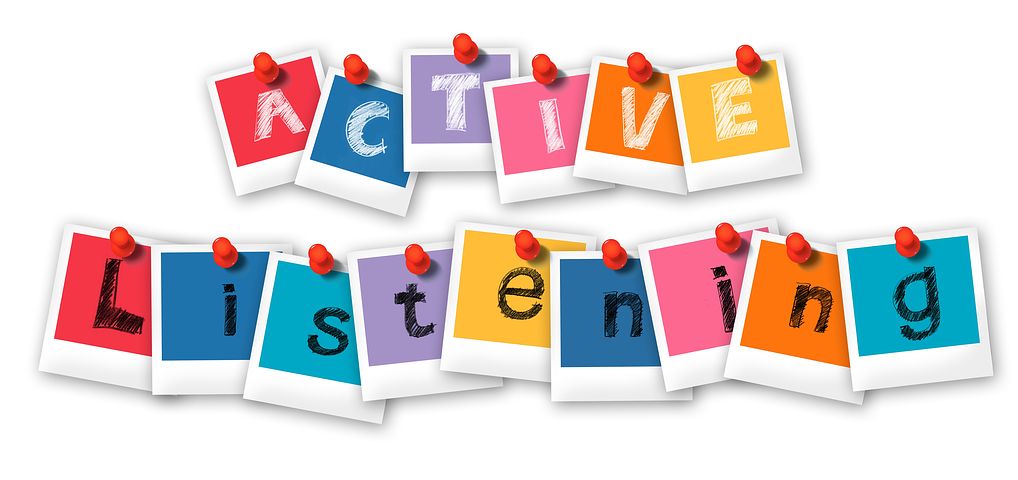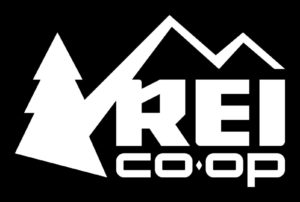How to Rebrand: Learn from Those Who Did it Right
Companies, like people, grow, and though the roots may remain the same, many things can change. Company missions morph, target audience change and evolve, competition fluctuates, and products and services come and go. For many businesses, these changes represent the need for more significant transformation, namely a rebrand.
Common though it may be, a rebrand isn’t something to take lightly; it’s an intense event that can make or break a business. If you’re considering a rebrand and are confident your reasons support the challenges before you, here are a few things to keep in mind, and a few brands that successfully executed their own rebrand.
1. Audience & Industry Research: MasterCard
Rebrands aren’t something to be entered into hastily; instead, if you think a rebrand is the answer, you’ll need to take a deep dive into data before you roll out your new logo or update your website. As those who have successfully rebranded will tell you, the first step in this journey is a firm understanding of two things: your intended audience and industry trends. To do this, you’ll need to spend significant time collecting information.
Perhaps a good example of this is the recent MasterCard rebrand, which isn’t necessarily mind-blowing on the surface, but underneath, it reveals layers of the audience and industry considerations that will hopefully help the credit card company usher itself into the future of payment.

What did they do? On the visual level, they removed “MasterCard” from some instances of their logo, leaving the iconic yellow and orange circles to speak for themselves. This isn’t unusual; you likely recognize Apple products by the corresponding fruit logo, Target by the iconic red bullseye, and Nike by the elegant checkmark-like symbol most commonly referred to as the “swoosh.” But the rationale behind the move runs deep.
By removing “MasterCard” from the logo, the notably credit-card focused company positioned itself as a no-name needed icon, one that can easily be resized for numerous marketing purposes; however, they also did something much more significant.
 After several years of research, they were able to establish two things. The first is that “more than 80 percent of people spontaneously recognizing the MasterCard Symbol without the word Mastercard.”
After several years of research, they were able to establish two things. The first is that “more than 80 percent of people spontaneously recognizing the MasterCard Symbol without the word Mastercard.”
This is important because in a highly competitive space, rebranding at the logo level, especially when removing something as significant as the brand name, can be disastrous. To take this step, MasterCard’s marketing team had to be confident that the move wouldn’t result in a loss of brand recognition in a highly competitive landscape.
Once they sufficiently studied their audience and the potential impact this change would have, they were able to take what Raja Rajamannar, their chief marketing, and communications office, referred to as the “next step in [their] brand evolution.” This evolution was, in large part, due to the changing financial landscape, one that relies less and less on physical cards and more and more on digital products and services.
Today, the company isn’t only selling credit cards, it’s also marketing new ways to pay, like proximity-based keys and wearables and secure digital wallets, and payment solutions for businesses — a nod to the increasing popularity and perhaps valuable future of digital and cryptocurrencies.
In essence, MasterCard, like our economy, is no longer a card-based entity; instead, they are a company that has adapted and grown to accommodate the changing industry and subsequent customer needs. Their new logo proves that. Of course, their website and content also support that notion, showing the importance of cohesion.
2. Design Content for Multiple Platforms: Old Spice
Speaking of things like content and websites, another important aspect of a successful rebranding effort is the way you showcase the sentiments that drove that decision, whether it be a new logo, mission, or product offering. Ultimately, rebranding efforts must be accompanied by a content plan that supports the “new you.” That means spending a significant amount of time planning and creating content that speaks to your audience and your goals.
The significance of this sentiment is echoed in long-time deodorant company, Old Spice. If you asked me about Old Spice decades ago, when I was on the cusp of adulthood, I would have made some remark about my grandpa, maybe even my dad, and moved along.
I’m not alone, and in the early 2000s when Axe hit the market – and our olfactory senses – Old Spice found they were facing extinction.
In 2010, the then seventy-two-year-old company realized they needed to swiftly pivot if they wanted to save the failing company.
To do this, they had to determine the best way to reach one of their most valuable demographics – 12 to 34-year-old men. And, with Axe leading sales, they also had to think about how to bring “sexy back,” a notion that was the cornerstone for their biggest competitor.

The answer was a multifaceted campaign that brought in slogans like “Swaggarize Me” and “The Man Your Man Can Smell Like.” These campaigns used catchy and memorable content that would go on to translate well across various media platforms, including tried and true TV and print, as well as digital and online outlets, which were heavily favored by that 12 to 34-year-old audience.
Their efforts included a “Swaggarize Me” website as well as celebrity-focused content, like that staring wide receive and actor Isaih Mustafa, among other celebrity men. This content was leverage on popular social media outlets, like Facebook and YouTube, engaging their target audience. They also built a “Swaggarize Me” website.
In the end, they managed to consistently engage their target audience, plus a new audience — women — through clever yet short content that was distributed on various platforms, notably their website and social media accounts. The result was a 300% increase in website traffic and a 200% increase in sale sand subscribers.
3. Show what sets your brand apart from the competition – Pabst Blue Ribbon
In a highly competitive world fueled with more choices than we can begin to digest, it’s typically the differences that drive us to one brand over another. Maybe it’s a stance they take on the environment, a shipping policy, or how they source their ingredients, but in the end, we usually go with the company that stands out for all the right reasons.
Your rebrand should highlight why your company or product is different (i.e., better) than that of the competition. Whether it’s your mission, back story, products, or general take on life, use what sets you apart, in the context of your audience, to thread together your marketing and design efforts.
 That’s exactly what Pabst Blue Ribbon did in a time when the craft beer revolution left their bottom line plummeting. However, despite reaching near obscurity in 2001, the company didn’t just survive, they began to thrive.
That’s exactly what Pabst Blue Ribbon did in a time when the craft beer revolution left their bottom line plummeting. However, despite reaching near obscurity in 2001, the company didn’t just survive, they began to thrive.
How? Marketing heads decided to leverage what made their brand different, and in their case, it was a 171-year-old, basic, old-school brew that wasn’t remotely craft but certainly not a basic American lager produced by a big-budget company like Coors or Bud. It was unique, humble, and to the delight of marketers, just the right combination of vintage-chic that attracts the “hipster” and millennial demographic.
To push the ‘difference,” PBR used word-of-mouth and grassroots advertising to move the beer into the radar of the alternative crowd. And they did this without changing their logo, or really anything at all. Instead, they found out what made the beer stand out and identified a crowd that looked for that “difference” in their lifestyle choices, including their beverage selections.
4. Listen to consumers: Lego
Defining your target audience is an obvious step in any marketing effort, including a rebrand, but you can’t simply define them in a vacuum. To launch a successful rebrand, you must listen to what they say about your brand, your industry, and the problems they need to solve in the context of your product or service offerings.
Thanks to social media, today’s marketers can leverage tools that make it easy to tap into and analyze consumer chatter. Social listening, or the ability to monitor social platforms by leveraging certain key terms, ideas, products, or brands, should play an important role in your rebranding.
To do so, you can check out some of the top social listening tools available to businesses, many of which are affordable. Not sure where to find those tools? Check out companies like Agorapulse, Keyhole, and Mention
 Of course, listening to consumers can and often does extend well past social media. It’s also important to consider customer reviews, customer service experiences, and general consumer trends as you “listen in.”
Of course, listening to consumers can and often does extend well past social media. It’s also important to consider customer reviews, customer service experiences, and general consumer trends as you “listen in.”
Tuning into consumers is exactly what Lego did when they realized their relevance in the toy market was dwindling. As they started to evaluate their business model, they found that there was a gap between what consumers wanted and what they offered. In turn, they worked directly with consumers to identify ways in which they could improve.
They also leveraged the wants and needs of their consumers to develop innovative products that would go on to gain traction among the original youthful audience as well as more mature Lego fans.
The result was a bustling social media presence, a movie franchise, and a slew of new products, like the Lego Architecture series, that helped them increase profits and become a household staple again.
5. Site Design & Development Matters (…a lot): REI
Perhaps one of the hardest stages in rebranding is moving from strategizing to execution. The goal is to take all the hard work you and your team have done and present it to customers in a way that allows you to make the connections and draw the conclusion you hoped they would – converting them from part-time perusers to loyal customers.
One way to do this is to choose the visuals that not only support your new message but also allow for a clean, user-friendly experience. For that reason, those overseeing site design and development must be infinitely familiar with your target audience and their driving intent.
That’s exactly how REI managed to kick off one of the most successful rebranding efforts
REI has been around since 1938, and for a significant portion of that time, they were noted as a serious outdoor retailer for skilled adventurers, and for a long time, that worked. The company successfully captured their original demographic, but as younger generations hit the market looking for outdoor gear, sales weren’t as consistent. REI needed to bring in new customers, and a rebrand was the only way to do that.

Before moving forward, it’s worth noting that visuals, as the title suggests, were only part of the plan. REI went deep and overhauled a significant portion of their existence. From membership rewards programs to employee training efforts, the company left no stone unturned, but one of the most notable changes was their site image selection, which transitions from extreme sports to everyday outdoor adventures by everyday outdoors-loving people.
 That change, which is still largely visible on their site today, made it clear to consumers that REI products weren’t exclusive to those who live and breath outdoor adventure.
That change, which is still largely visible on their site today, made it clear to consumers that REI products weren’t exclusive to those who live and breath outdoor adventure.
You don’t need to rock climb or hike the Appalachian trail to buy REI products, you simply have to enjoy nature, whether it’s kayaking on vacation or hitting the easy trails with your kid in tow.
In addition, REI employees also recognized that a website must be user-friendly, another aspect of visuals some forget. Visitors should have no problem navigating the site; something that often requires UI research and well-structured testing.
Today REI continues to make tweaks to their brand and have maintained a solid spot in the outdoor industry.
Concluding Thoughts
Rebranding is complicated, though at some point in time, many businesses will find it’s a necessary evil.
Before you dive into your rebranding efforts, it’s important to take the time to research and plan before you execute your vision. This often means slowing the process down in an effort to fully understand your audience and how the changes you make, even if they’re slight, will impact their relationship with your brand.



